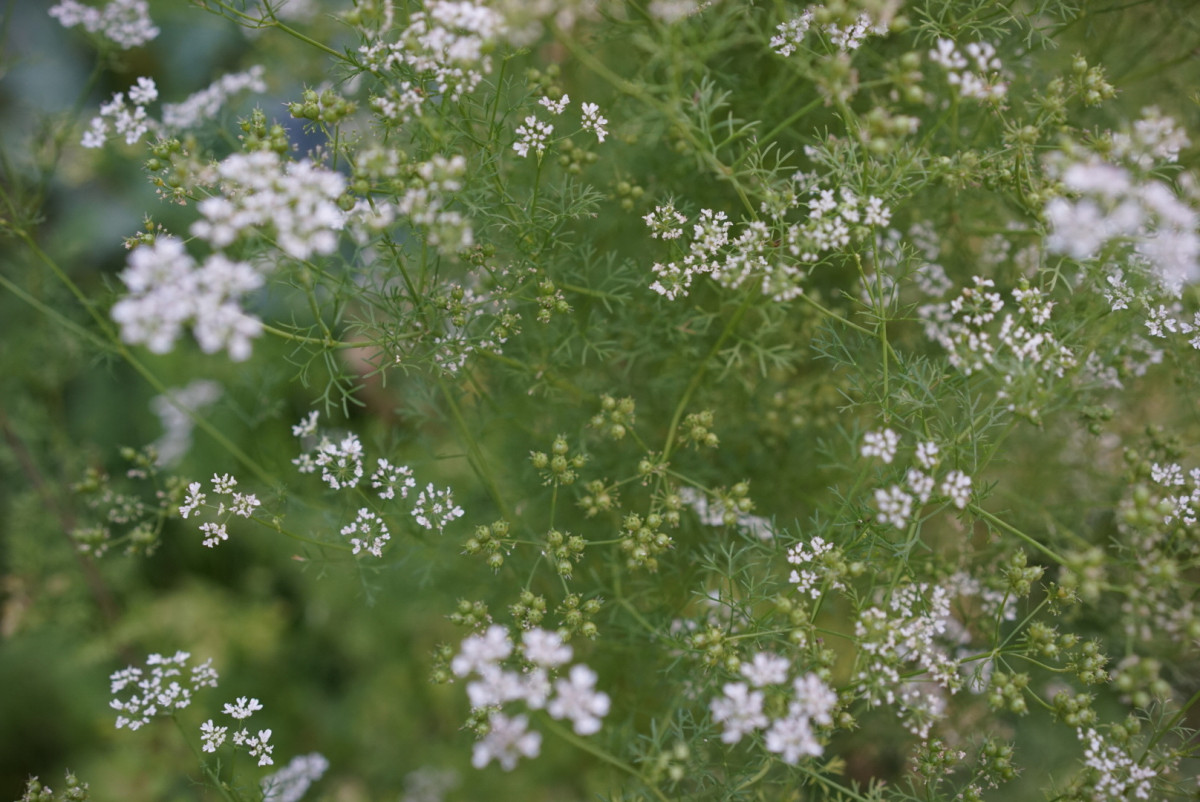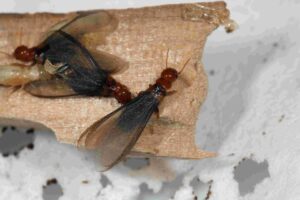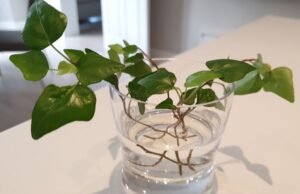
Introduction
Cilantro, also known as coriander in some regions, is a versatile herb prized for its fresh, citrusy flavor and aromatic leaves. Like many herbs, cilantro has a natural growth cycle that includes flowering. In this article, we’ll explore whether cilantro can still be used after it flowers, and the culinary possibilities that arise from utilizing cilantro throughout its lifecycle.
Culinary Uses of Cilantro
Cilantro is a staple ingredient in many cuisines around the world, valued for its bright and herbaceous flavor. Fresh cilantro leaves are commonly used as a garnish or ingredient in dishes such as salsas, salads, curries, and soups. Additionally, cilantro seeds, known as coriander seeds, are used as a spice to add depth and warmth to dishes, especially in Indian and Middle Eastern cooking. Interestingly, cilantro flowers are also edible and can be used to add a pop of color and flavor to dishes, similar to the leaves.
Harvesting Cilantro After Flowering
When cilantro flowers, it signals the end of its leafy stage and the beginning of seed production. However, cilantro leaves can still be harvested and used after the plant flowers, although the flavor may change slightly as the plant matures. To harvest cilantro leaves after flowering, wait until the flowers have fully bloomed, then trim the stems just above the lowest set of leaves. This encourages the plant to continue producing new leaves, allowing you to prolong its harvest period. Additionally, cilantro seeds can be collected for future use by allowing the flowers to dry on the plant, then harvesting the seeds once they turn brown and start to fall off.
Flavor and Texture of Flowering Cilantro
After cilantro flowers, the flavor profile of the leaves may become slightly more intense and pungent compared to younger leaves. Some people find that flowering cilantro leaves have a more pronounced citrusy and peppery taste, which can add complexity to dishes. Additionally, the texture of flowering cilantro leaves may become slightly tougher and more fibrous as the plant matures. However, this does not diminish its culinary potential, as flowering cilantro can still be used in a variety of dishes where its bold flavor and texture can shine.
Conclusion
In conclusion, cilantro can still be used after it flowers, with both the leaves and flowers offering unique culinary possibilities. Whether used fresh in salads and salsas, dried as coriander seeds for seasoning, or incorporated into dishes as flowering cilantro, this versatile herb adds depth and flavor to a wide range of recipes. By harvesting cilantro throughout its growth cycle and experimenting with its different stages, you can discover new ways to incorporate this beloved herb into your cooking repertoire. So don’t let cilantro flowers go to waste – embrace their culinary potential and enjoy the vibrant flavors they bring to your dishes.


